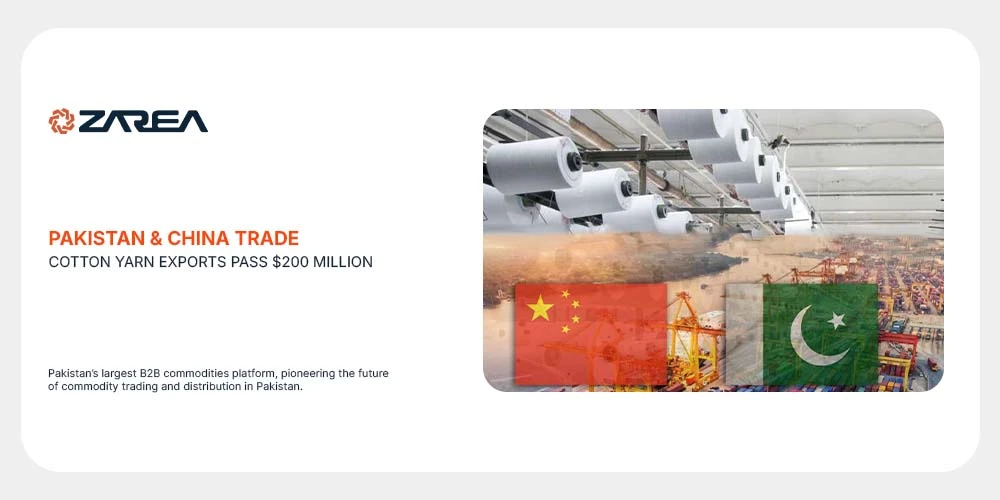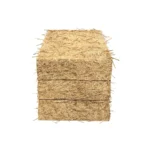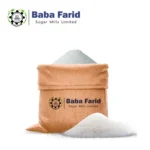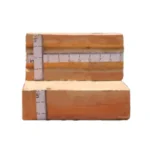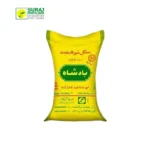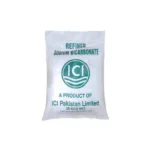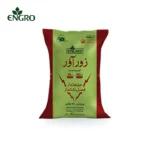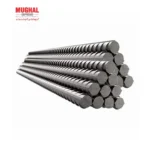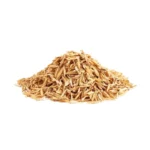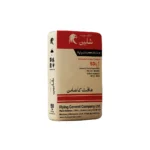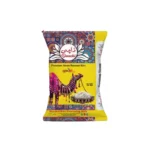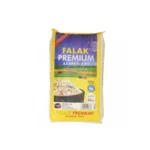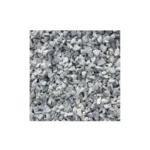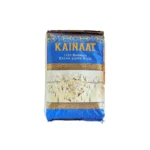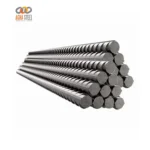Introduction – Pak China Trade:
As we know Pakistan China’s trade values and commercial relationship is on peak now a days. Especially textiles and other mutually beneficial industries are driving ongoing strengthening due to their strong relationship. Meanwhile Pakistan’s cotton and yarn export to China on a continuous increase have been a noteworthy trend in recent months. Thus, total trade volume increased more than $200 million in value. That’s why this expansion shows China’s strategic importance as a trustworthy trading partner for Pakistan. Although this is another large trend in Pakistan’s textile industry, yet it has much more value than just trade.
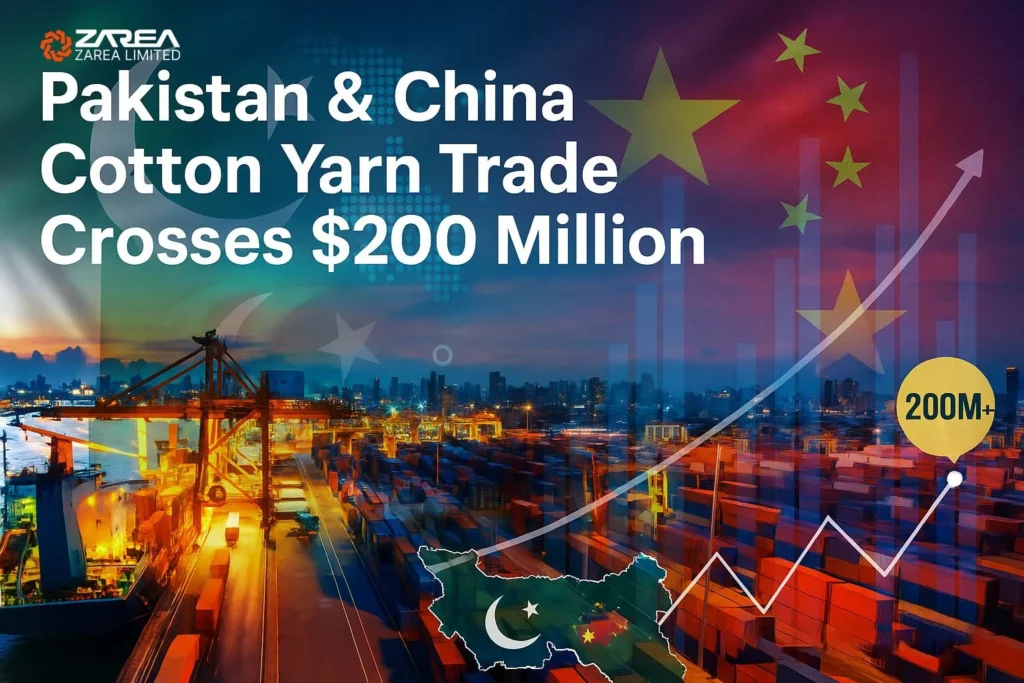
Cotton Yarn – A Pillar of Bilateral Trade:
Pakistan has traditionally relied on its position as one of the world’s top producers of cotton to create cotton yarn, which is a key export product. Cotton yarn is particularly important in the context of commerce between Pakistan and China because:
- Secure Payment Systems: To lower payment risks for Pakistani exporters, most transactions are carried out using Letters of Credit (LCs) issued by respectable Chinese banks.
- Constant Demand: To satisfy its production demands, China’s sizable textile sector depends on consistent imports of raw materials.
- Mutual Value Creation: Chinese manufacturers gain access to premium yarn at affordable pricing, while Pakistan receives significant foreign exchange profits.
Current Export Trends:
Ten to fifteen percent of Pakistan’s ability to produce cotton yarn is sent to China, according to recent data. Two concurrent dynamics are depicted in this figure:
- Growing Domestic Garment Production: As domestic clothing production grows, especially in casual wear for foreign markets, a sizable portion of yarn is being used in Pakistan.
- Stable Chinese Demand: Despite international commerce changes China still continues as a reliable customer of Pakistani cotton yarns. This is because of well-established supply chains and advantageous trade agreements.
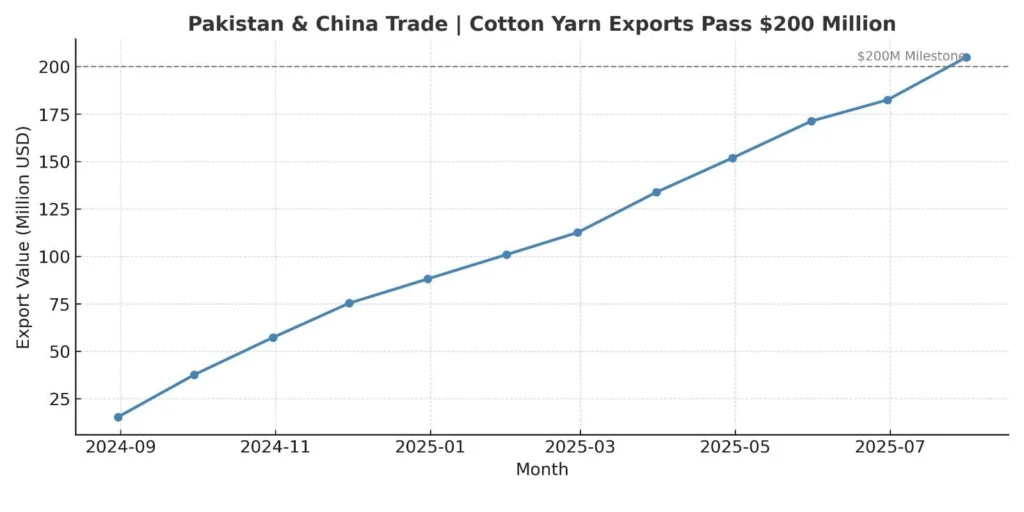
The Role of Domestic Value Addition:
An essential background to this development is the increase in domestic clothing manufacture. The Pakistan’s clothing industry is increasingly focusing on continuous exporting especially in the casualwear segment. Meanwhile, high-value final goods are keeping a large cotton percentage due to these changes. There is no doubt that North America, Europe, and the Middle East are the main exporters. On the other hand, raw yarn shipments to China are still strong. Moreover it provides high export income too which completely changed this game.
Why China Remains a Strategic Market:
China provides three major benefits to Pakistani textile exporters:
- Scale and Reliability: As we know China is one of the world’s major centres for textile manufacturing. That’s why it can absorb substantial and steady amounts of cotton yarn.
- Financial Security: Pakistan is using Chinese banks for LC-based transactions which guarantees payment dependability. As it’s crucial for maintaining long-term business with China.
- Complementary output Cycles: China’s manufacturing schedules and Pakistan’s cotton output seasonal fluctuations sometimes coincide to produce advantageous trading windows.
Zarea’s Role in Facilitating B2B Textile Trade:
Zarea is an essential B2B commerce platform in Pakistan that links verified Chinese customers with exporters of cotton yarn. Through the integration of safe trade facilitation, simplified communication, and market information, Zarea allows exporters to:
- Deal with contracts that are competitive
- Access verified, creditworthy buyers in China
- Track trade trends in real time for better planning
In a market where timely information and trusted partnerships are key, Zarea’s platform strengthens Pakistan’s competitive edge in Pak-China trade.
Final Thoughts:
Pakistan’s strong position in the textile value chain is demonstrated by the fact that its exports of cotton and yarn to China have surpassed the $200 million mark. As you know, Pakistan’s textile industry strikes a balance between value-added production and raw material exports. Thanks to safe financial transactions, consistent demand, and a developing local apparel sector, they play a crucial role in this industry.
On the other hand, textile trade between Pakistan and China will continue to be a crucial avenue of economic cooperation. Meanwhile local trade volumes will increase and industry tactics will also change accordingly. Moreover this trade is also generating foreign exchange profits and strengthen bilateral economic connections.

